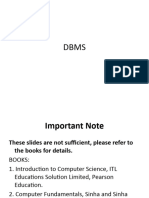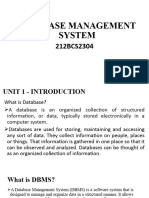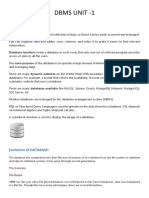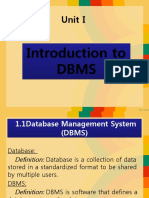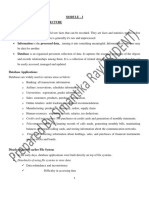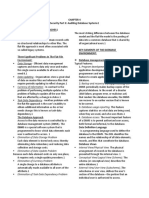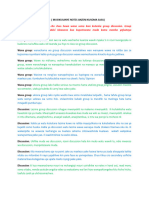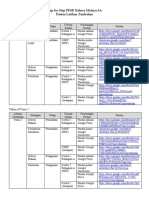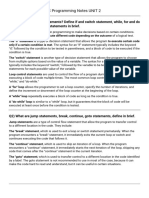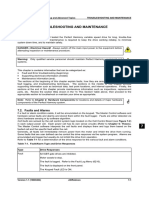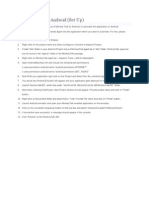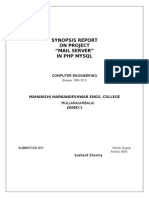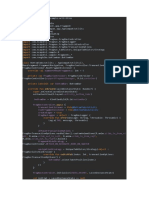0% found this document useful (0 votes)
27 views22 pagesOracle 1
The document provides an introduction to Oracle Database, highlighting its role as a relational database management system (RDBMS) and the languages used for operation, including SQL and PL/SQL. It discusses the advantages of databases over flat files, such as improved data retrieval, integrity, security, and indexing, as well as the architecture of DBMS which includes conceptual, external, and internal levels. Additionally, it outlines different data models, including hierarchical, network, and relational models, and provides resources for further learning and installation of Oracle 19c.
Uploaded by
babuamuriCopyright
© © All Rights Reserved
We take content rights seriously. If you suspect this is your content, claim it here.
Available Formats
Download as PDF, TXT or read online on Scribd
0% found this document useful (0 votes)
27 views22 pagesOracle 1
The document provides an introduction to Oracle Database, highlighting its role as a relational database management system (RDBMS) and the languages used for operation, including SQL and PL/SQL. It discusses the advantages of databases over flat files, such as improved data retrieval, integrity, security, and indexing, as well as the architecture of DBMS which includes conceptual, external, and internal levels. Additionally, it outlines different data models, including hierarchical, network, and relational models, and provides resources for further learning and installation of Oracle 19c.
Uploaded by
babuamuriCopyright
© © All Rights Reserved
We take content rights seriously. If you suspect this is your content, claim it here.
Available Formats
Download as PDF, TXT or read online on Scribd
/ 22









